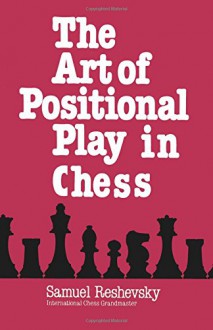Samuel Reshevsky is the ideal person to write a book on positional play because that was exactly the way he played: positionally. Reshevsky preferred to crush his opponents slowly, like a python, rather than to win with a blaze of tactics. Reshevsky was capable of great tactics, but felt it...
show more
Samuel Reshevsky is the ideal person to write a book on positional play because that was exactly the way he played: positionally. Reshevsky preferred to crush his opponents slowly, like a python, rather than to win with a blaze of tactics. Reshevsky was capable of great tactics, but felt it easier and more secure just to win by the slow build-up, gaining small advantages and then waiting for the opponent to throw himself on the sword with a brash counter-attack. The disadvantage is this takes a long time and most of the games in this book are long, but that makes them more instructive. A game won by sharp tactics does not teach much, unless that exact tactic arises again. The slow build-up that Reshevsky specialized in can be repeated again and again to bring home the point every time. Reshevsky goes through positional values, such as open files, avoidance of doubled pawns, consequences of weak pawns, bad bishops, unsupported pawn chains, blockade vs. breakthrough, using minority attacks, passed pawns in the middle game and rooks behind passed pawns. In each of these cases, he uses a top level grandmaster game to illustrate it, showing how the greatest players use these motifs to win their games at the highest levels.
show less

